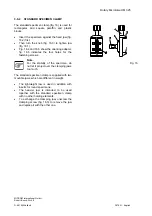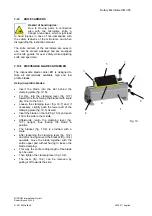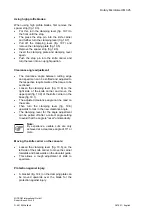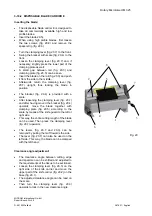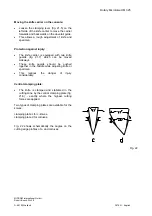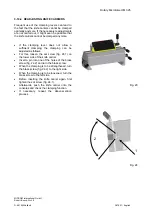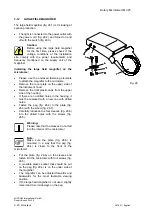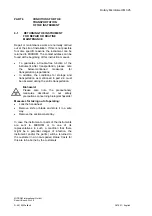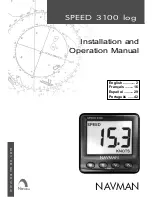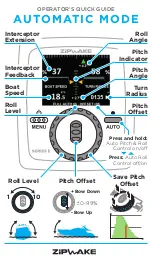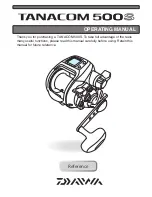
Rotary Microtome HM 325
MICROM International GmbH
Robert-Bosch-Str. 49
D- 69190 Walldorf
387821 - English
PART 4 WORKING WITH THE MICROTOME
Hazard of hand injuries:
Due to moving parts in connection
also with the microtome knife, a
danger area arises, which might lead
to hand injuries in case of non-compliance with
the safety features of the microtome and when
disregarding the instruction manual.
4-1
SECTIONING INSTRUCTIONS
To cut usable sections, the following points are of
utmost importance:
Condition of the knife edge:
•
Only use a sharp knife!
•
If the cutting edge is blunt, move the knife
horizontally either to the right or left side to
continue working with the sharp area of the
cutting edge, or have the knife resharpened.
•
For optimal sectioning, front and back of the
knife must be clean.
•
Especially paraffin waste must be removed
thoroughly!
Setting the cutting angle:
Inclination of the knife in relation to the block
surface
Each microtome knife has a so-called facet cut
resulting from the fact that when producing a knife
or when resharpening the blade, the rear side of
knife is increased in order not to cut down the
entire knife surface. This way, two facet surfaces
are generated on the blade forming a larger angle
between themselves compared with the main
surfaces of the knife.
Fig. 27
According to DIN 6581, there are following angles
on a microtome knife:
1.
clearance angle
α
2.
wedge angle
β
3.
upper sharpening angle
γ
4.
lower sharpening angle
δ
5.
blade angle
ε
6.
angle of inclination
ϕ



